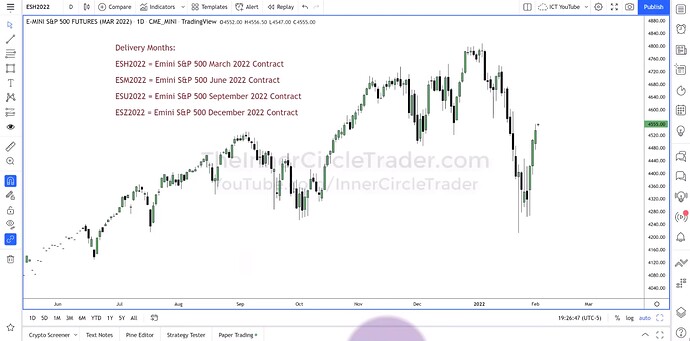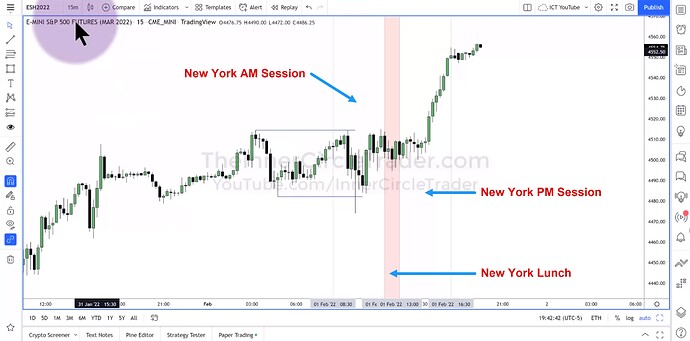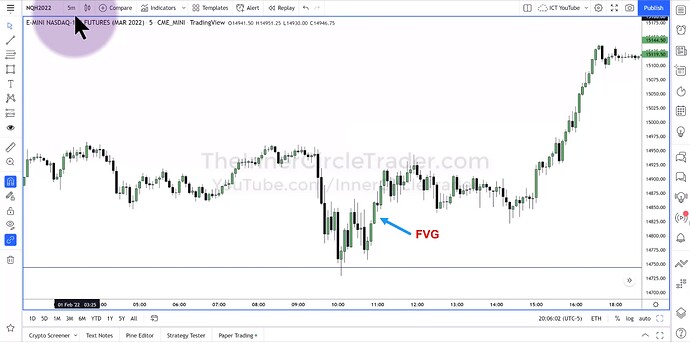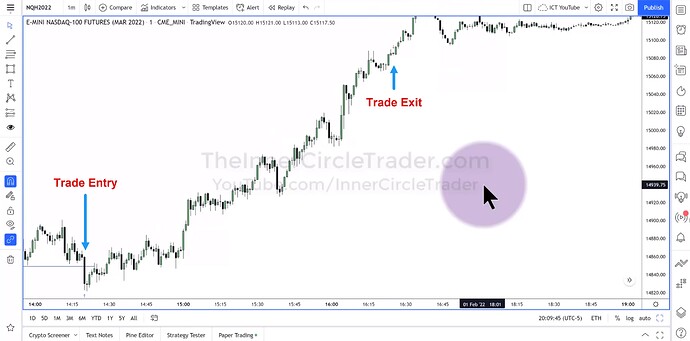Notes
- In the case of indices, this model is not applicable during the Asian Kill Zone.
- Information about the currently traded futures contract can be obtained at barchart.com.
- Futures delivery months:
- January – F
- February - G
- March -H
- April -J
- May - K
- June - M
- July - N
- August - Q
- September -U
- October - V
- November -X
- December -Z
- We always want to trade futures contracts with the largest Open Interest.
- Street Smarts: High Probability Short-Term Trading Strategies is the book that helped Michael understand stop hunts.
- When a three-drive pattern forms, the old swing high or low does not need to be broken to reverse the price, as enough liquidity is already accumulated before the potential breakout.
- New York Lunch starts at noon and ends at 1:00 p.m. It is usually not a good time for trading. Michael advises not to trade during this period.
- Michael usually starts trading the afternoon New York session at 1:30 pm. Just like in the morning, he first marks significant liquidity pools on the 15-minute chart.
- Index movements are smoother, cleaner, and more predictable than forex pairs movements.
- We always want to see obvious displacement before we start looking for FVGs.
ICT 2022 YouTube Model - Futures Contracts Months
ICT 2022 YouTube Model - New York Trading Sessions
ICT 2022 YouTube Model - 3-Drive Pattern
ICT 2022 YouTube Model - NQ 5-Minute Setup
ICT 2022 YouTube Model - NQ Trade Entry And Exit
Next lesson: 2022 ICT Mentorship - Episode 6 - Market Efficiency Paradigm & Institutional Order Flow
Previous lesson: 2022 ICT Mentorship - Episode 4 - Internal Range Liquidity & Market Structure Shifts Examples





